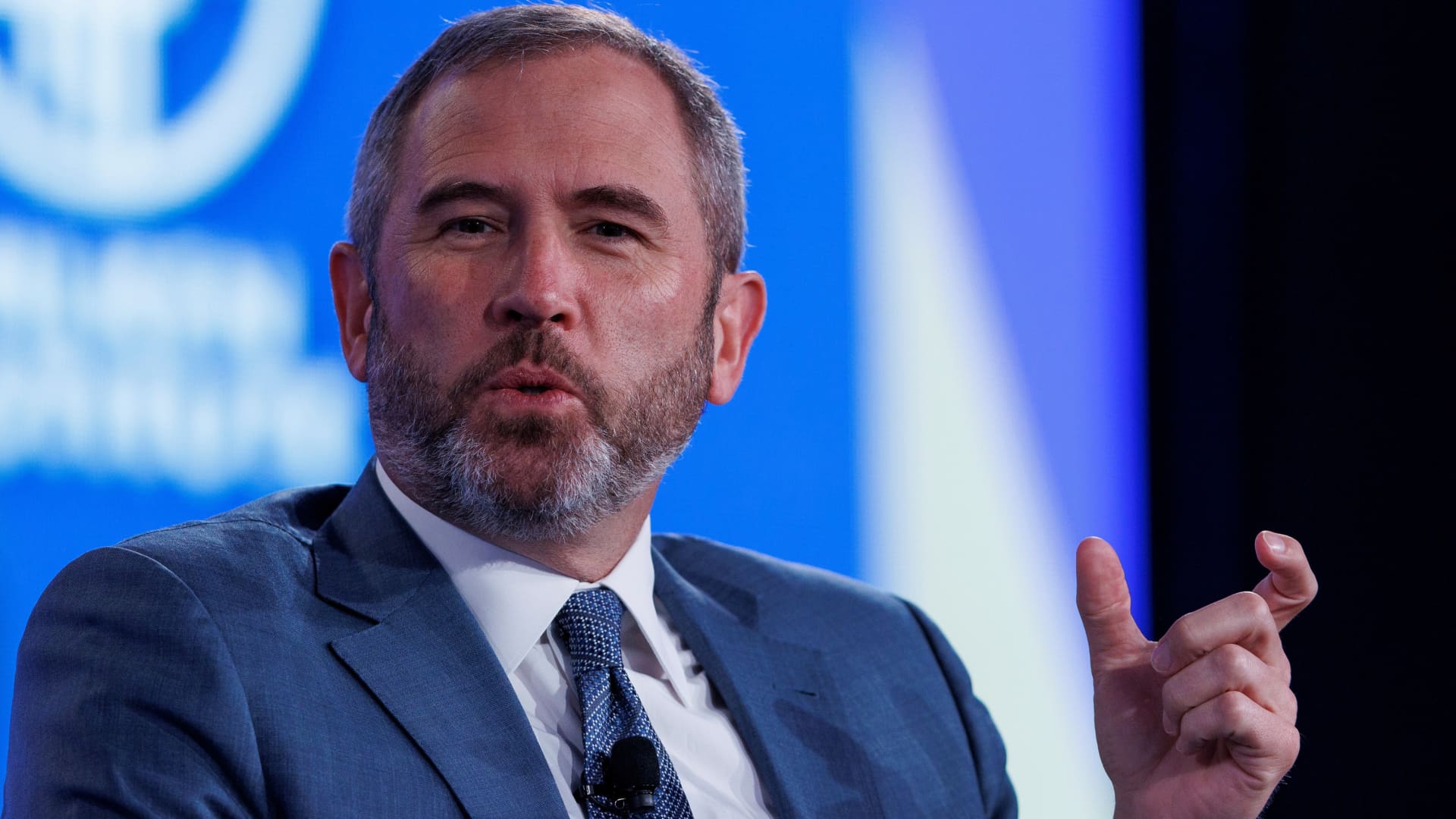Dow pulls back from record, falls 400 points in broad market sell-off: Live updates

Traders work on the floor of the New York Stock Exchange (NYSE) on Nov. 12, 2025 in New York City.
Spencer Platt | Getty Images
Stocks retreated on Thursday, with technology stocks weighing on the major averages even as a broader rotation occurs beneath the surface. Investors also grew pessimistic about the interest rate outlook, even as the U.S. government reopens after a record-setting shutdown.
The Dow Jones Industrial Average lost 465 points, or 0.8%, pulling back from its record highs seen in the previous session. The S&P 500 shed 1.2%, with declines in the communication services and information technology sectors leading the way. The Nasdaq Composite pulled back 1.8%.
Despite the Nasdaq starting off the week strong, pressure has since resumed as investors continued to sell shares of technology companies, especially those in the artificial intelligence trade, amid worries about their valuations. The tech-heavy index was on track to close with a third straight day of losses Thursday, weighed down by heavyweights Nvidia, Broadcom and Alphabet.
“It seems like a natural consolidation to me,” Ron Albahary, chief investment officer at Laird Norton Wealth Management, said to CNBC, calling the day’s pullback “healthy.” “Part of the, I think, AI narrative is that at some point all this [capital expenditure] is going to actually manifest itself. The benefits of it will manifest itself within the broader economy, so if you start seeing health care and manufacturing, industrials start to actually benefit from AI, that supports the overarching narrative, which is AI capex is going to enhance productivity across the board.”
A sudden change in the interest rate outlook also weighed on equities. Markets were last pricing in a more than 49% chance that the Fed will indeed cut next month, a sharp drop from the 62.9% likelihood that markets priced in a day ago, according to the CME FedWatch Tool.
Investors were optimistic during Wednesday’s session that the government shutdown — the longest in U.S. history — would end after lasting more than six weeks. That outcome came to fruition that evening, when President Donald Trump signed into law a funding bill to reopen the federal government. The bill, which had been passed by the House of Representatives earlier in the night, will fund government operations through the end of January.
The extended stoppage caused investors to fly blind without key economic reports, such as the October jobs report and inflation data, and contributed to the market’s recent choppiness. White House press secretary Karoline Leavitt told reporters on Wednesday that these reports may ultimately never be released, and that the shutdown could lower fourth-quarter economic growth by up to 2 percentage points. Most economists expect minimal impact to U.S. GDP, however.
“While we have always expected that many of the data points missed during the shutdown will remain dark, there are questions about what the inflation and jobs data will look like once these reports come back online,” Carol Schleif, chief market strategist at BMO Private Wealth. “We would not be surprised to see some market chop over the coming weeks as the government gears and economic data presses get turning again.”
Wednesday again saw a divergence between tech stocks and other pockets of the market as value-oriented sectors such as health care outperformed. While the Nasdaq finished the day in the red, the Dow closed above 48,000 for the first time, putting the 30-stock index on pace for its best weekly performance since late June. The rotation has been a relief for some investors looking for a broadening out of the market, but it could also signal growing caution away from risk-on assets.









